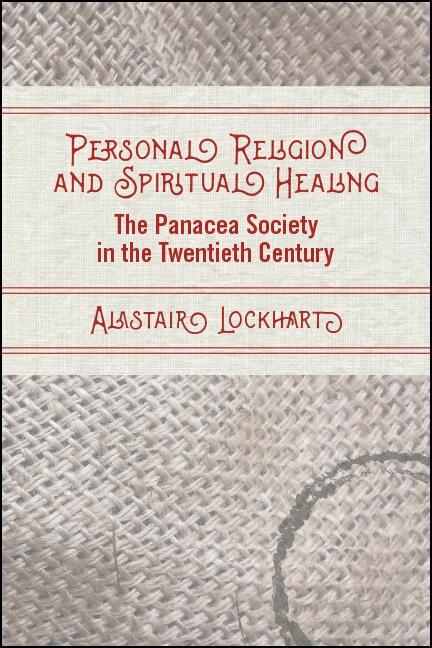I carry out historical and social-scientific research in religion, with a focus on vernacular beliefs and meaning-making, and the psychology of religion and transcendence.
Recently, I have been working on responses to the 1945 atomic bombs and nuclear waste through the second-half of the 20th century, especially in relation to space and place, and on the psychology of religion and transcendence in cognitive science. Other projects have included study of the implicit metaphysics of psychologists and psychotherapists in the 19th and 20th centuries, and the ways people build individual frameworks of meaning especially from the interwar period onwards. The latter project used the archives of a 20th century apocalyptic and millenarian healing group, the Panacea Society, and focused on users in the UK, the USA, Jamaica and Finland.
My research has tended to turn on issues of outsider metaphysics; that is, systems of meaning generated by people who are not metaphysicians or theologians, emergent in putatively non-religious contexts, or formulated in response to presupposedly non-religious experiences and phenomena.
See the publications page for outputs from different research themes.
The Panacea Society
The Panacea Society was an apocalyptic and millenarian religious group that was formed in England after World War I and continued until 2012. A monograph based on this research, Personal Religion and Spiritual Healing, was published by State University of New York Press in 2019. The book resulted from several years work in the archives of the Society, presenting research in vernacular beliefs and meaning-making processes for the users of the healing as they adapted it to their individual circumstances.
The introduction is available as a pdf from the publisher’s website – download here.
Introduction: The Panacea Society and the Study of Religion
1. The Panacea Society’s Healing
2. Sources of the Healing
3. Understanding Religion
4. The Healing and Other Movements I: Great Britain
5. The Healing and Other Movements II: The United States, Jamaica, and Finland
6. War and Anxiety
7. Religious Language and Metaphysics
8. Theories of Transcendence
Postscript: The End of the Healing
Appendices
Notes
Bibliography
Index
